The feasibility study is a crucial part of real estate development projects. It helps building developers measure Return On Investment and make the right investment decisions for new projects. But it often involves many challenges, variations, and constraints that make the whole process too lengthy, costly, and inefficient.
As the sole product designer at Zebel, I designed a simple analytics tool that minimizes design development time and optimizes process to reduce cost. All, powered by historical projects and competitive market data.
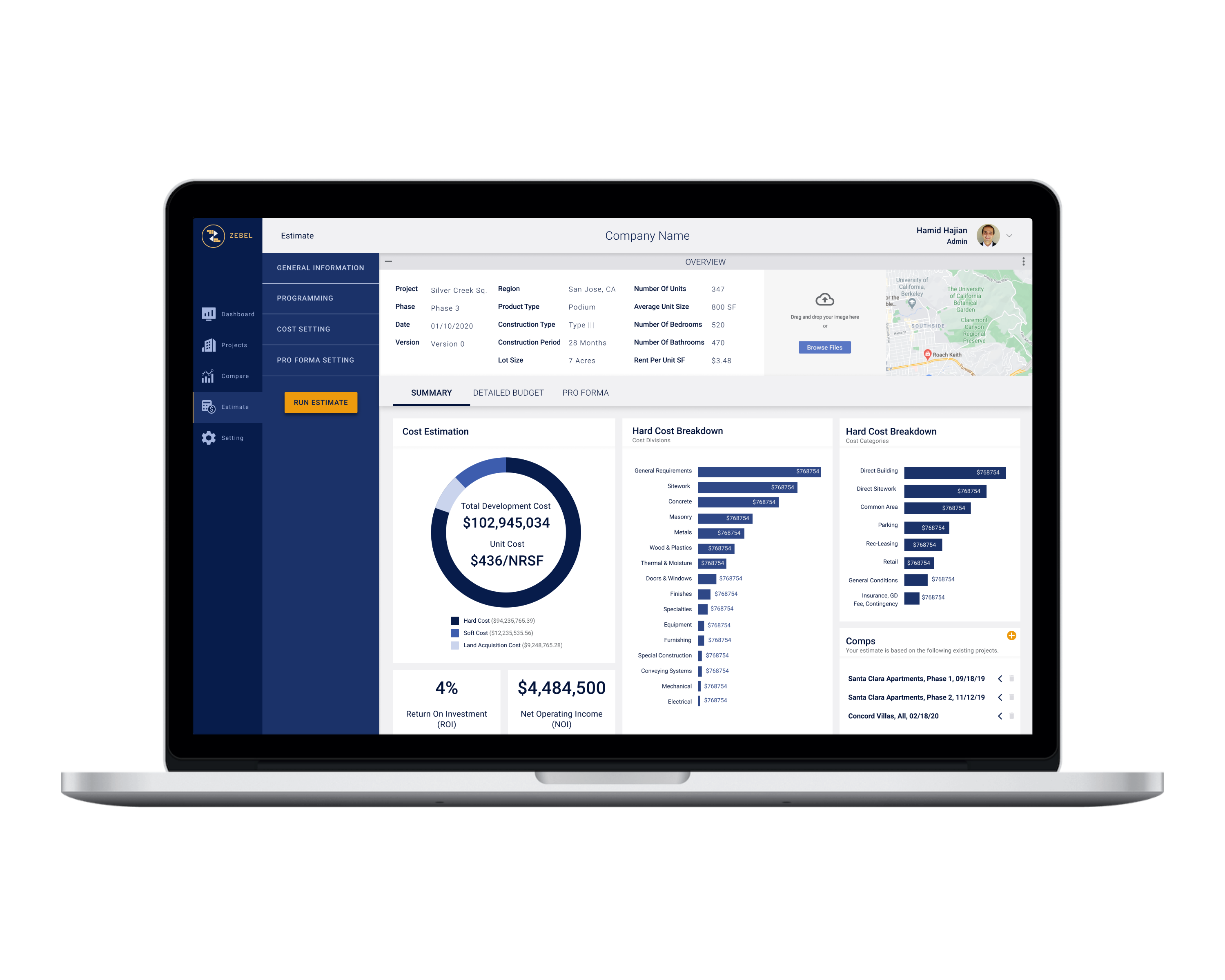
Real data helps identify real-time factors that impact on profitability of a project and creates more accurate actionable solutions based upon them.
The goal for the project was to create an all-in-one tool that enables developers to leverage their historical project data and monitor market trends.


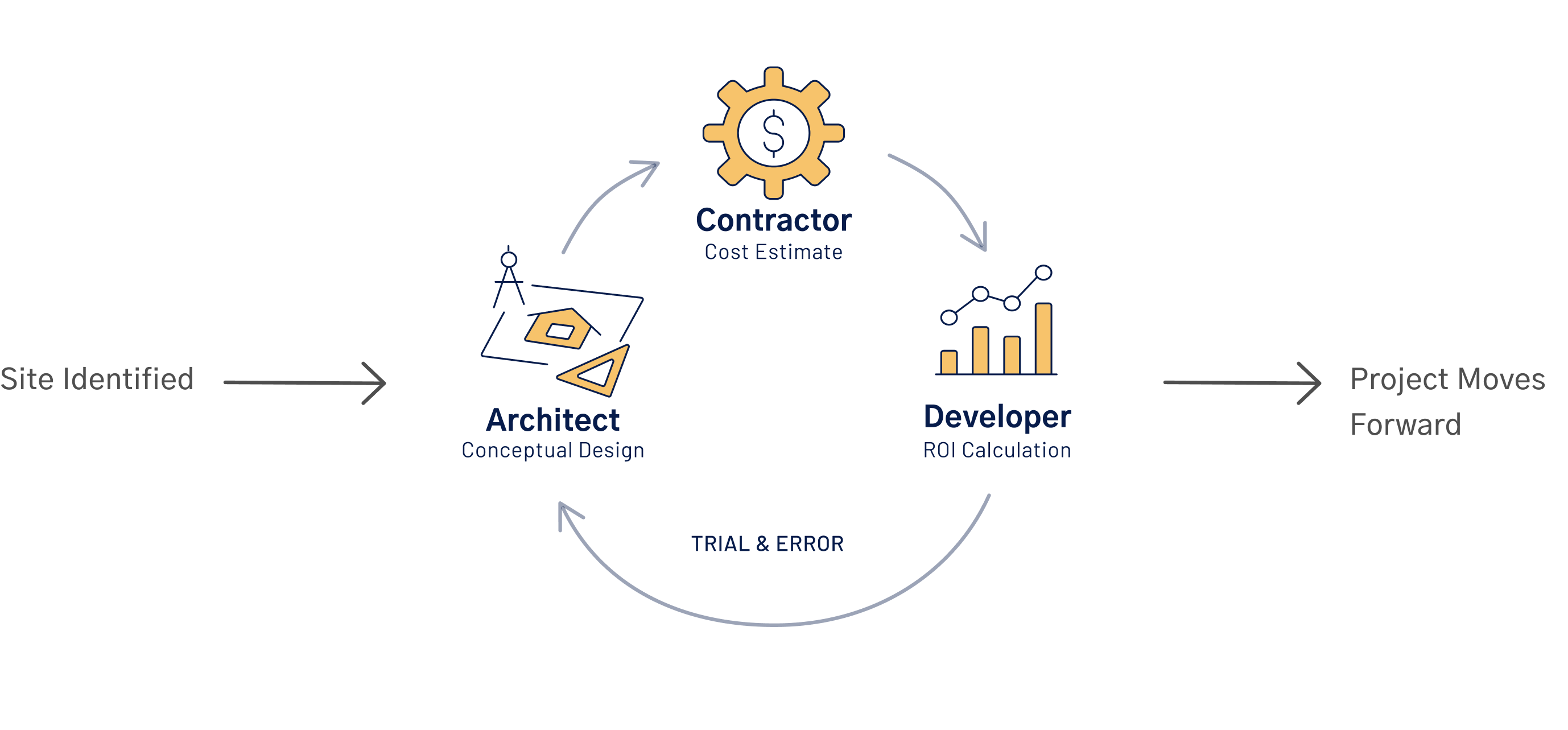
The traditional approach is usually inaccurate due to lots of pre-assumptions and limited real resources.
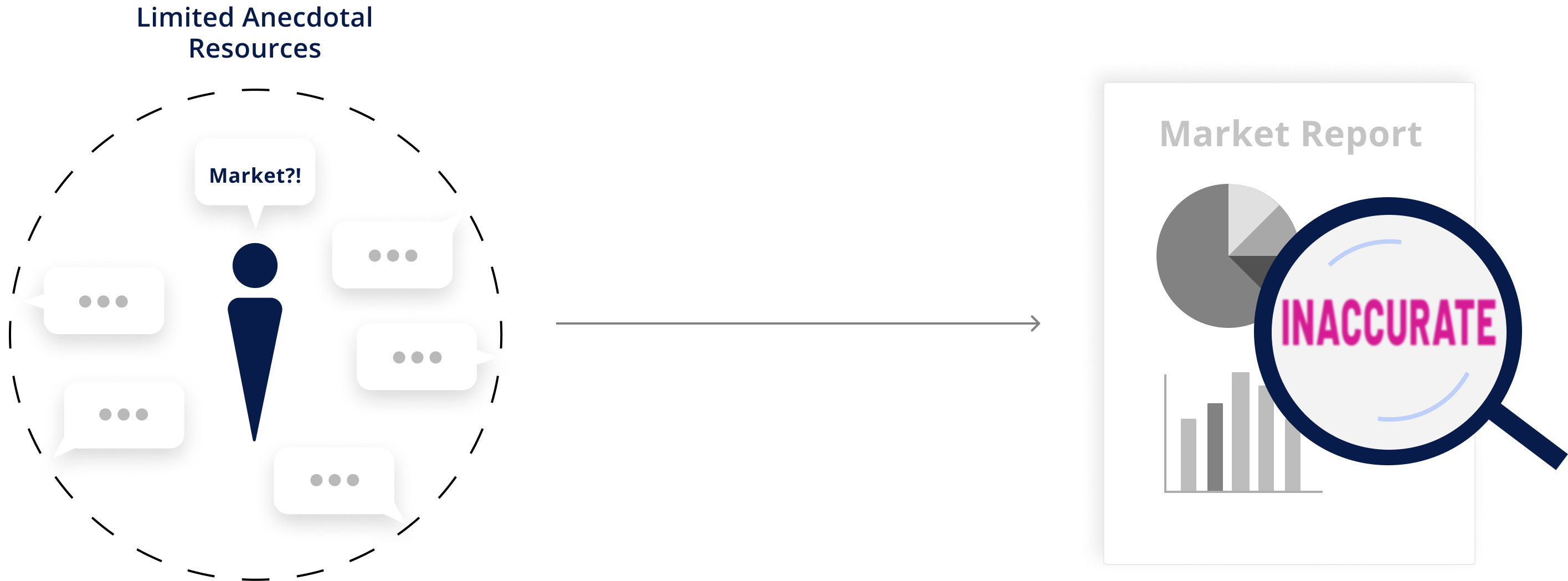
Before, you had to know a lot of people in the industry to do a reliable market research.

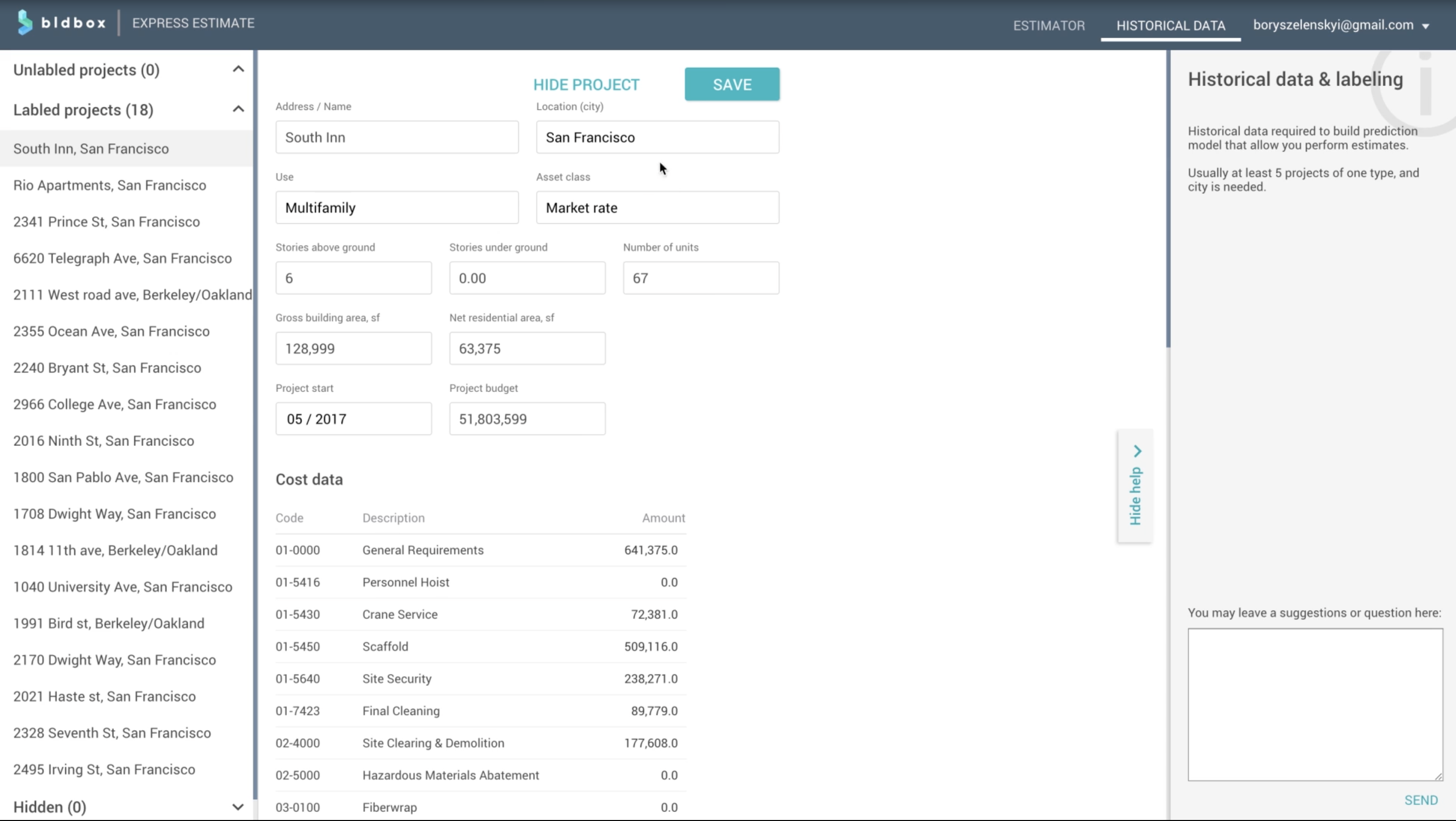
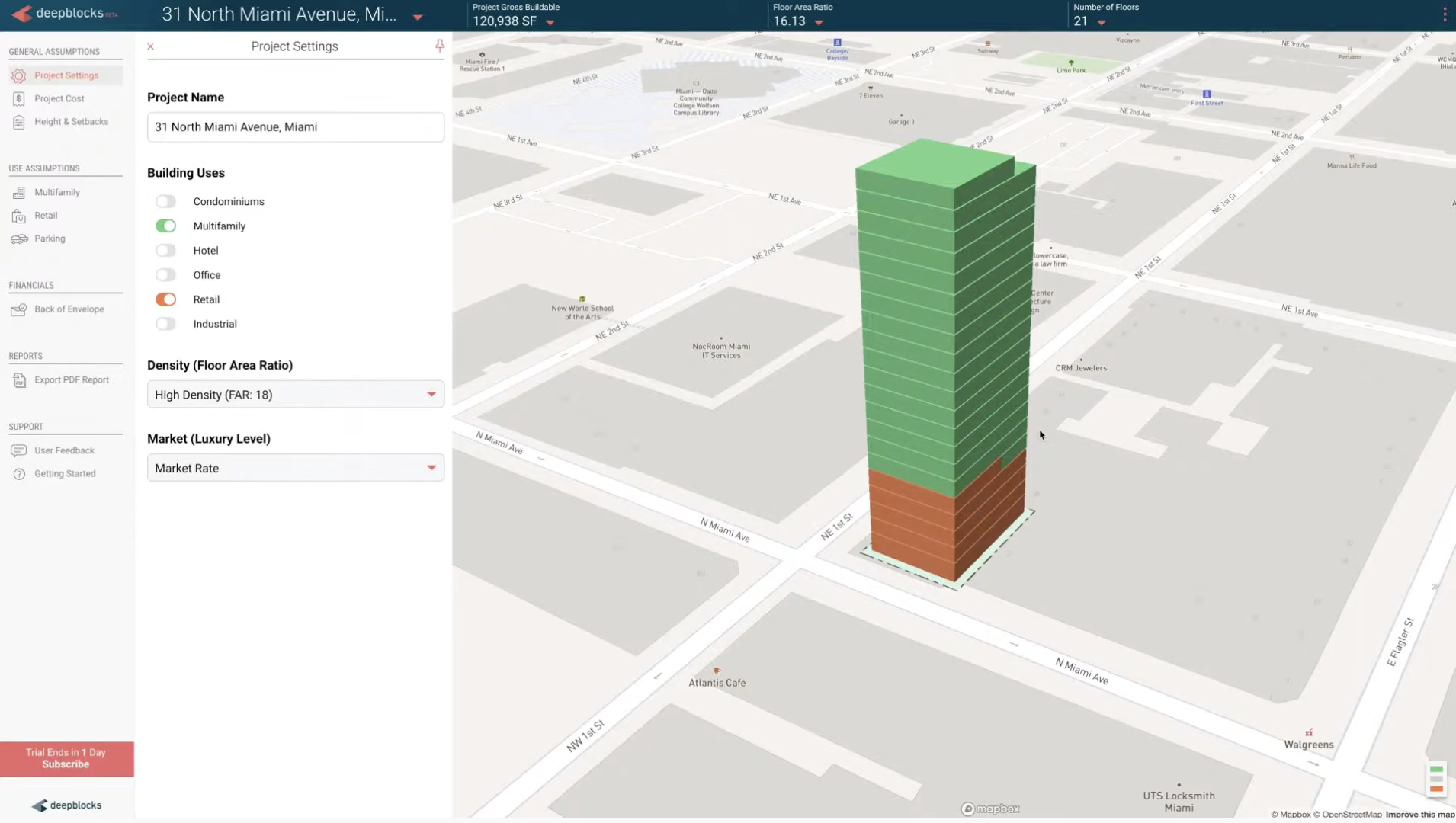
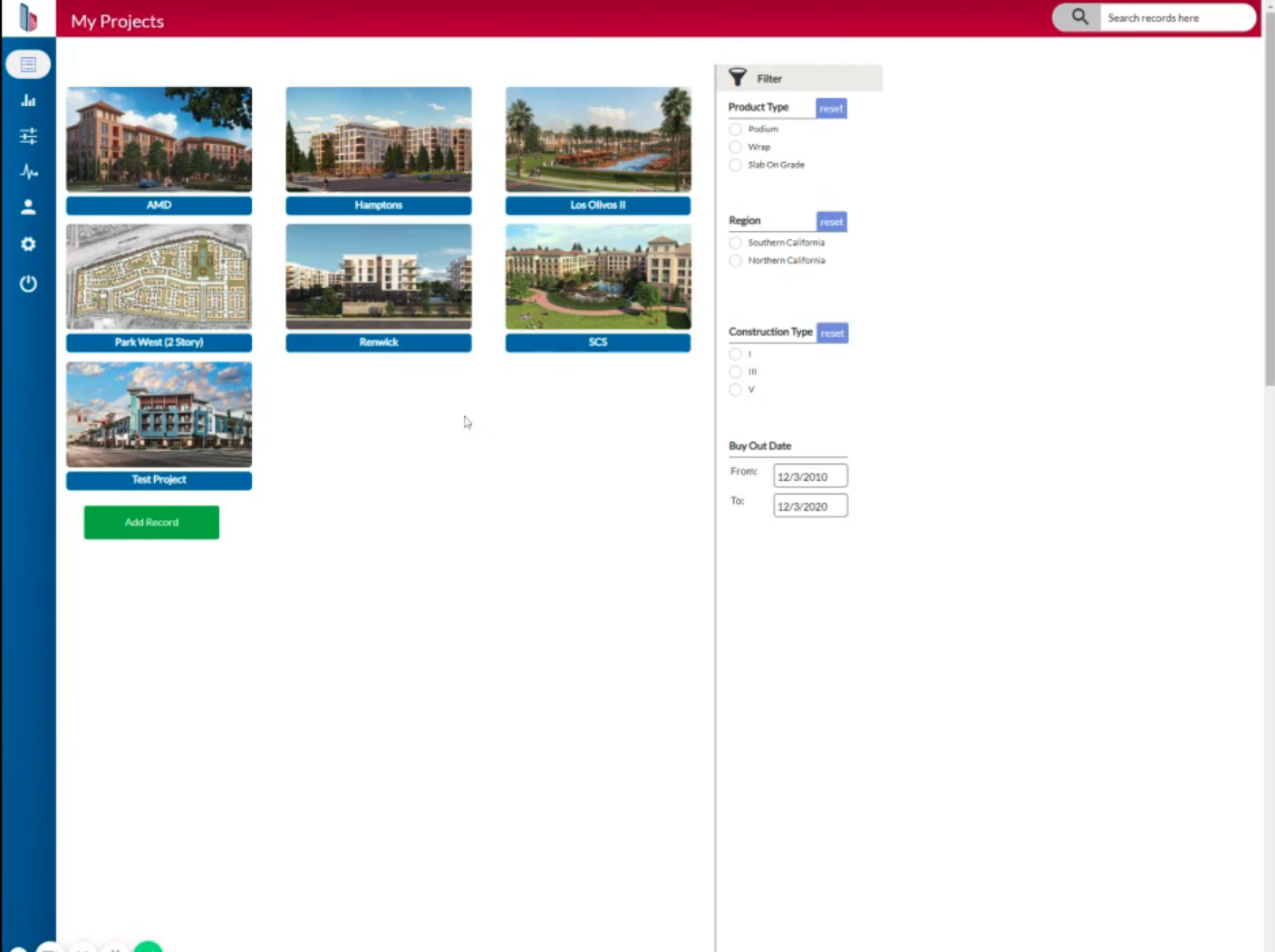
How might we help developers to navigate throughout the platform with a minimum amount of effort or frustration?

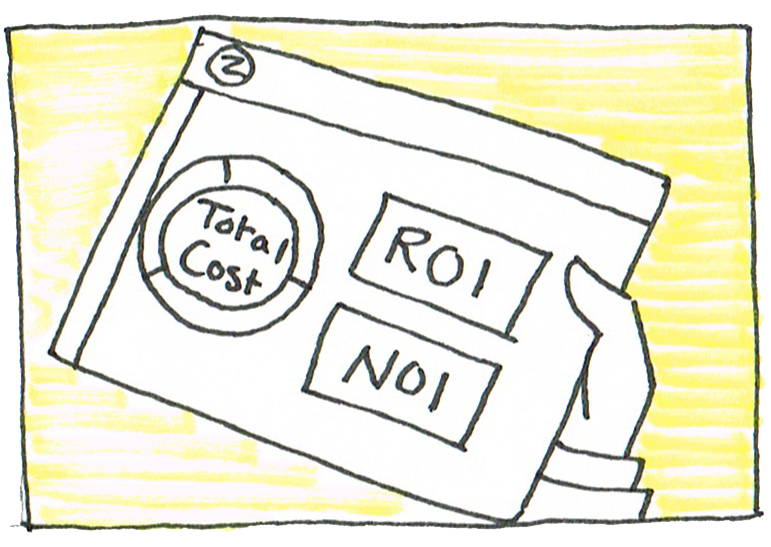
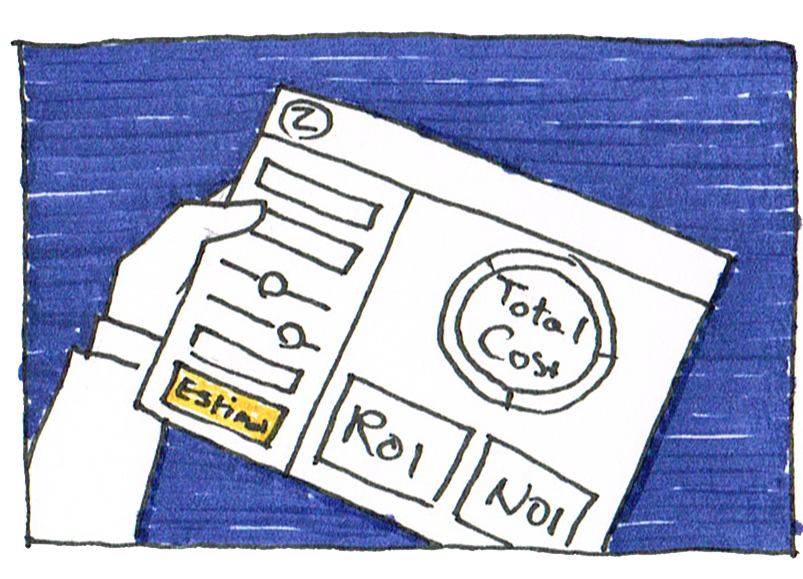

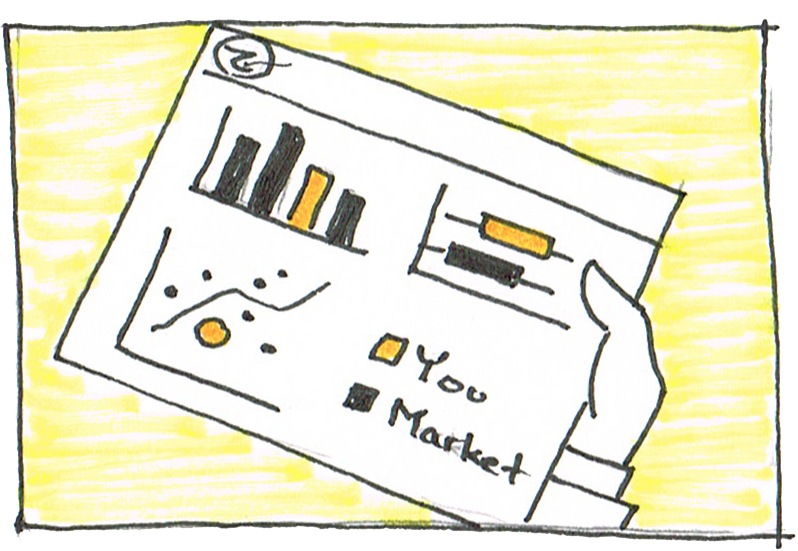
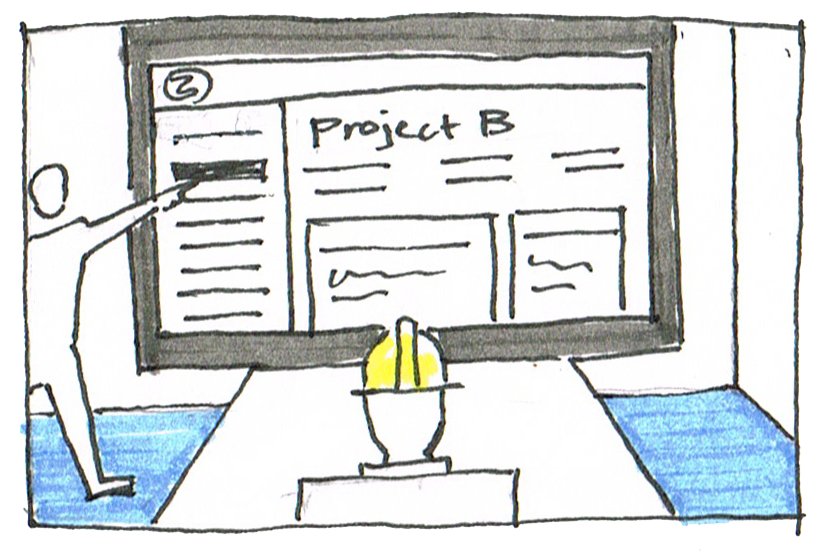
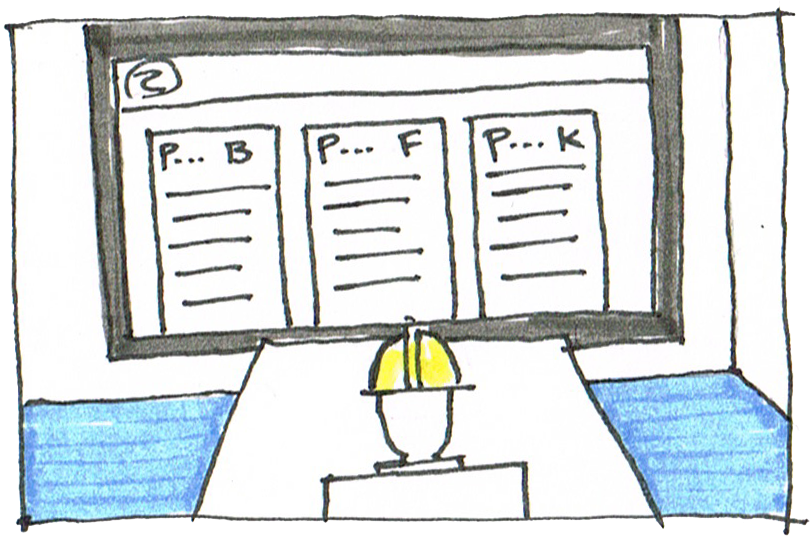


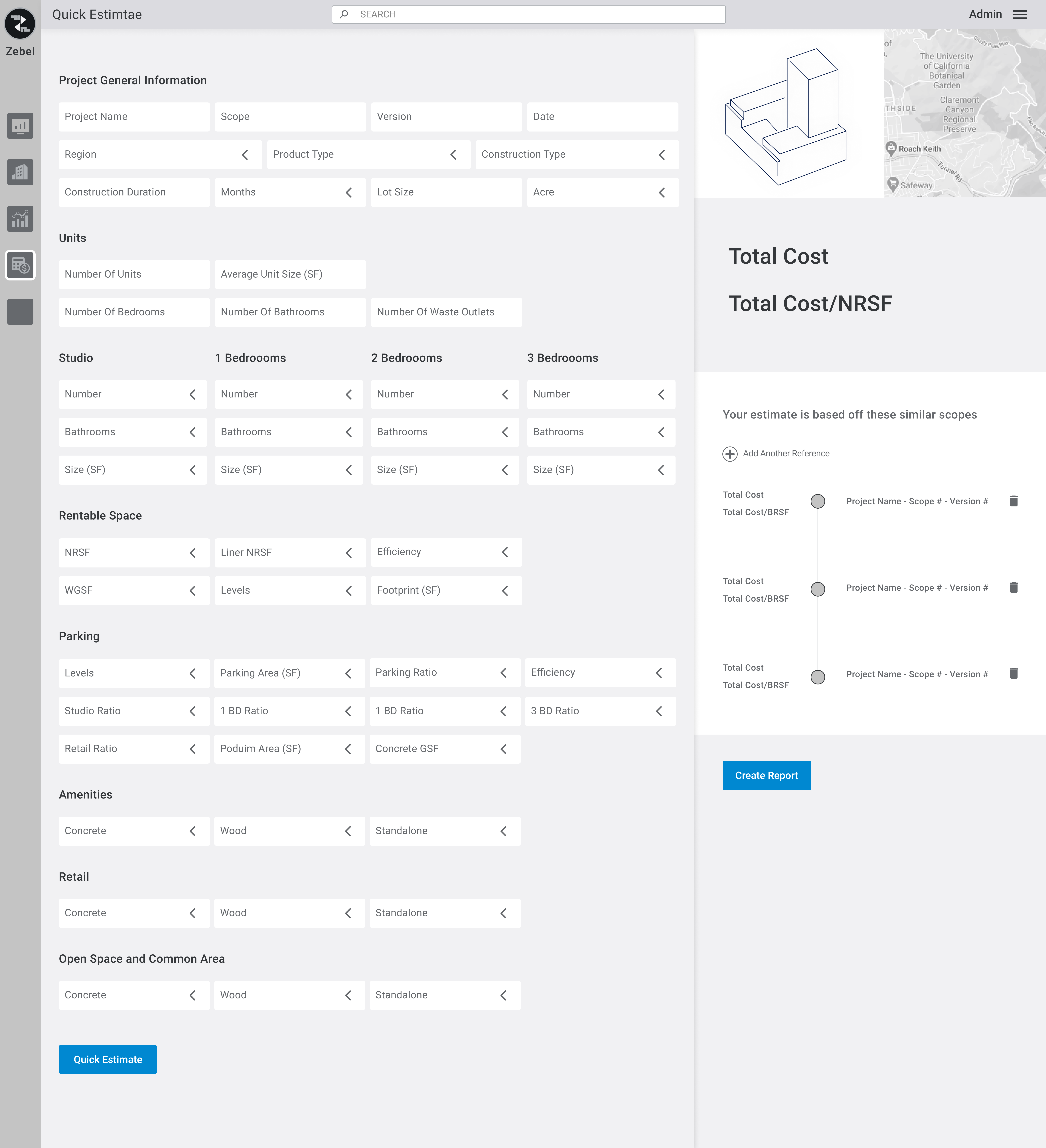
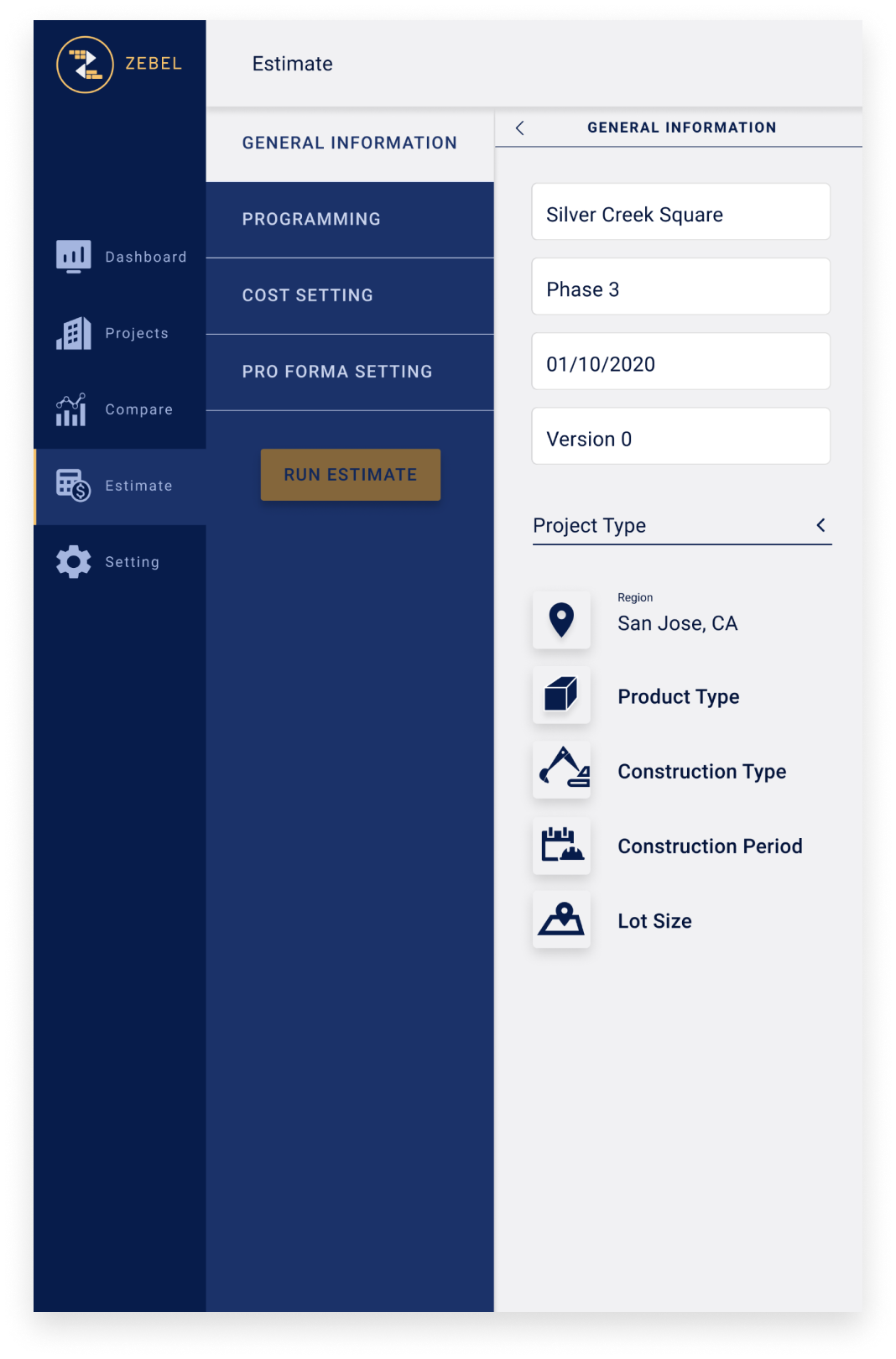
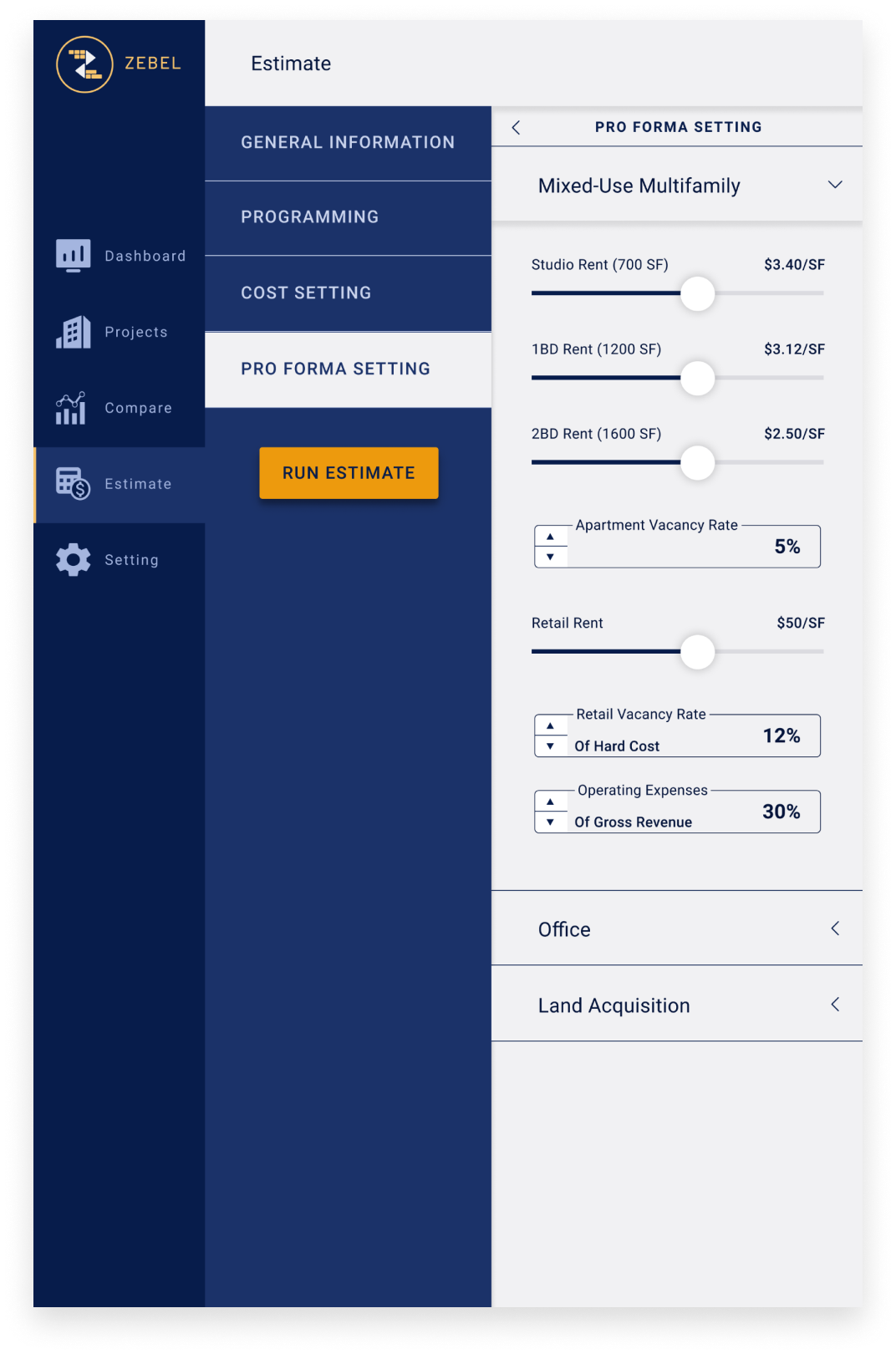
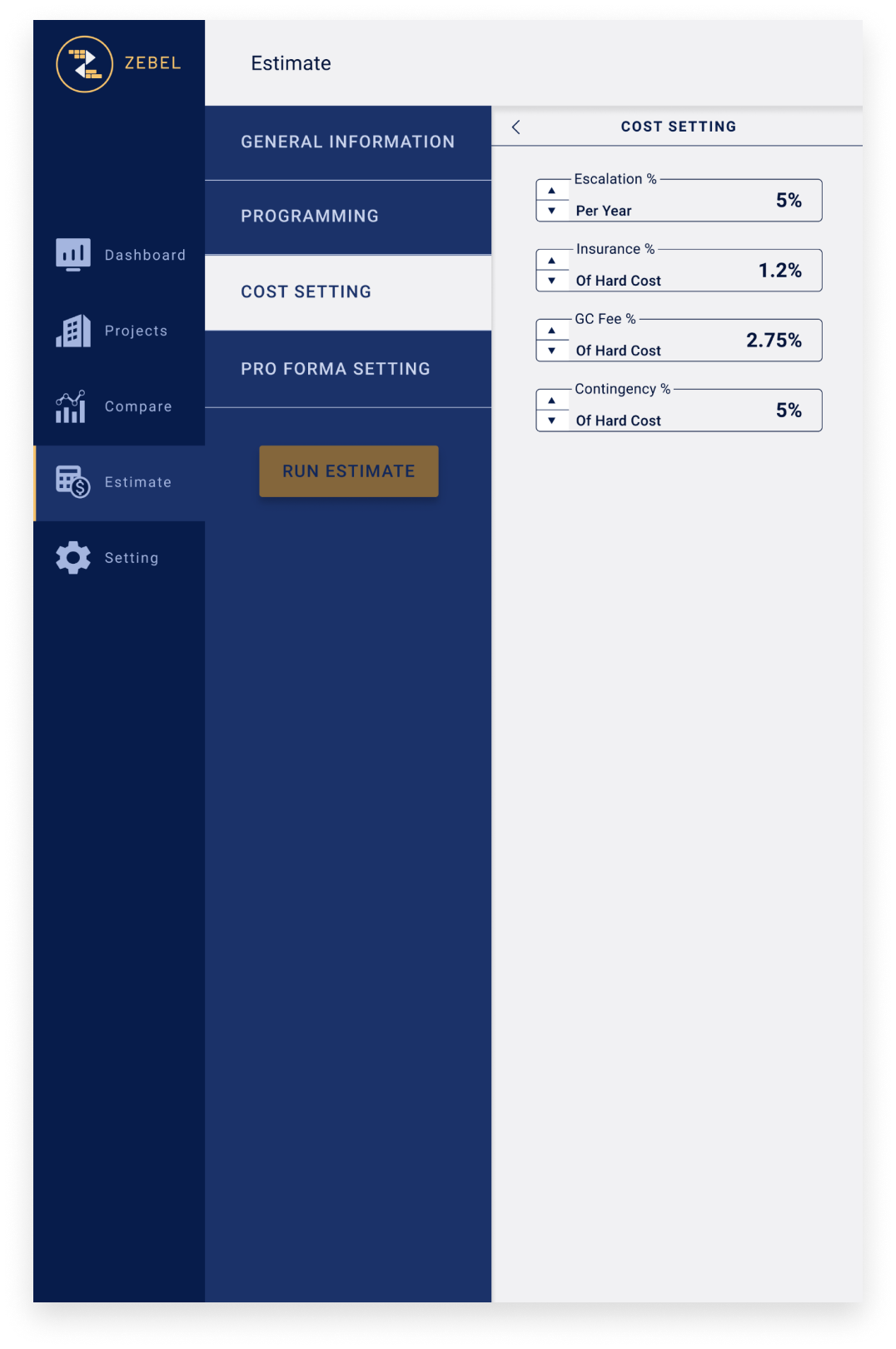
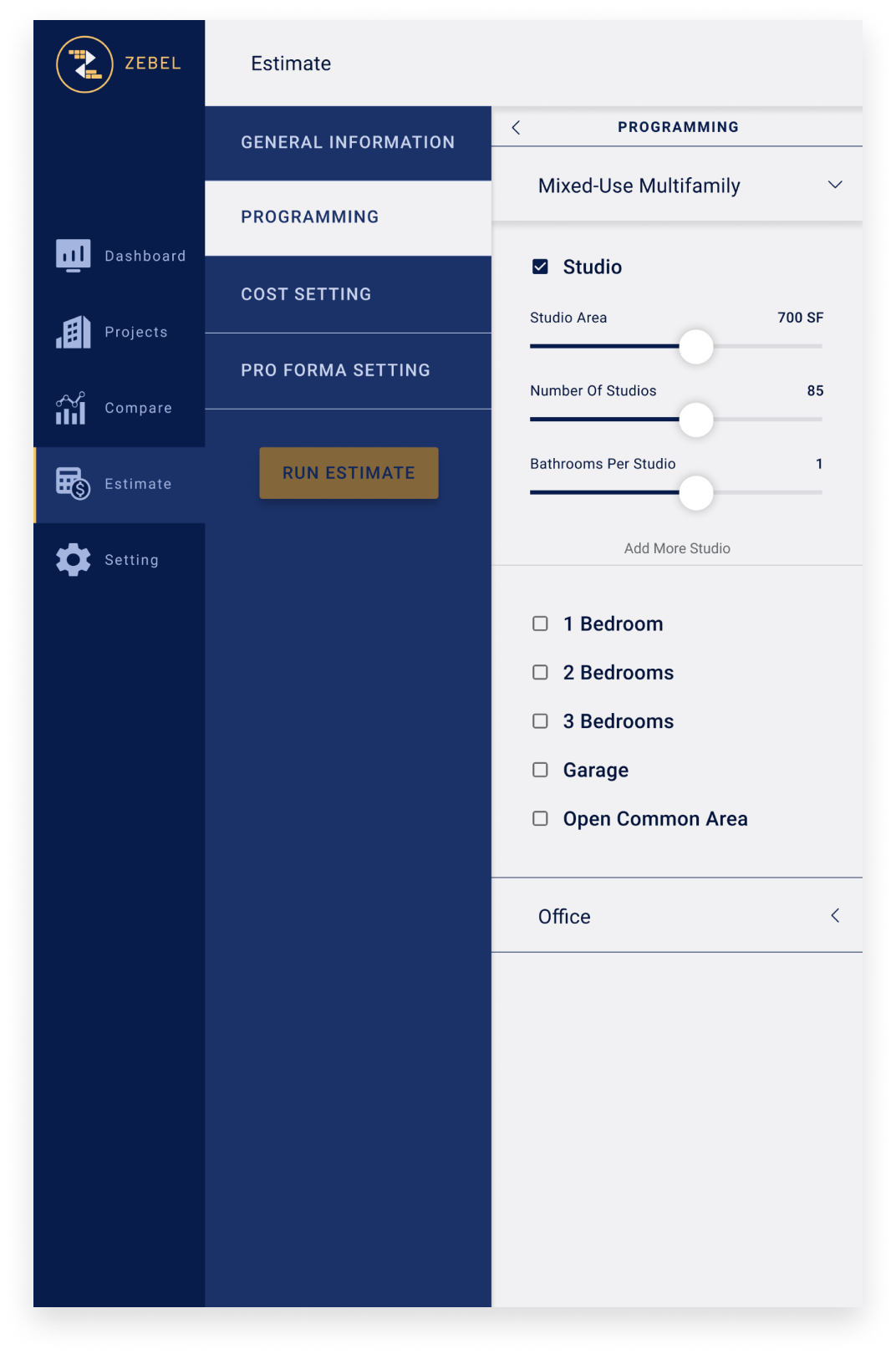
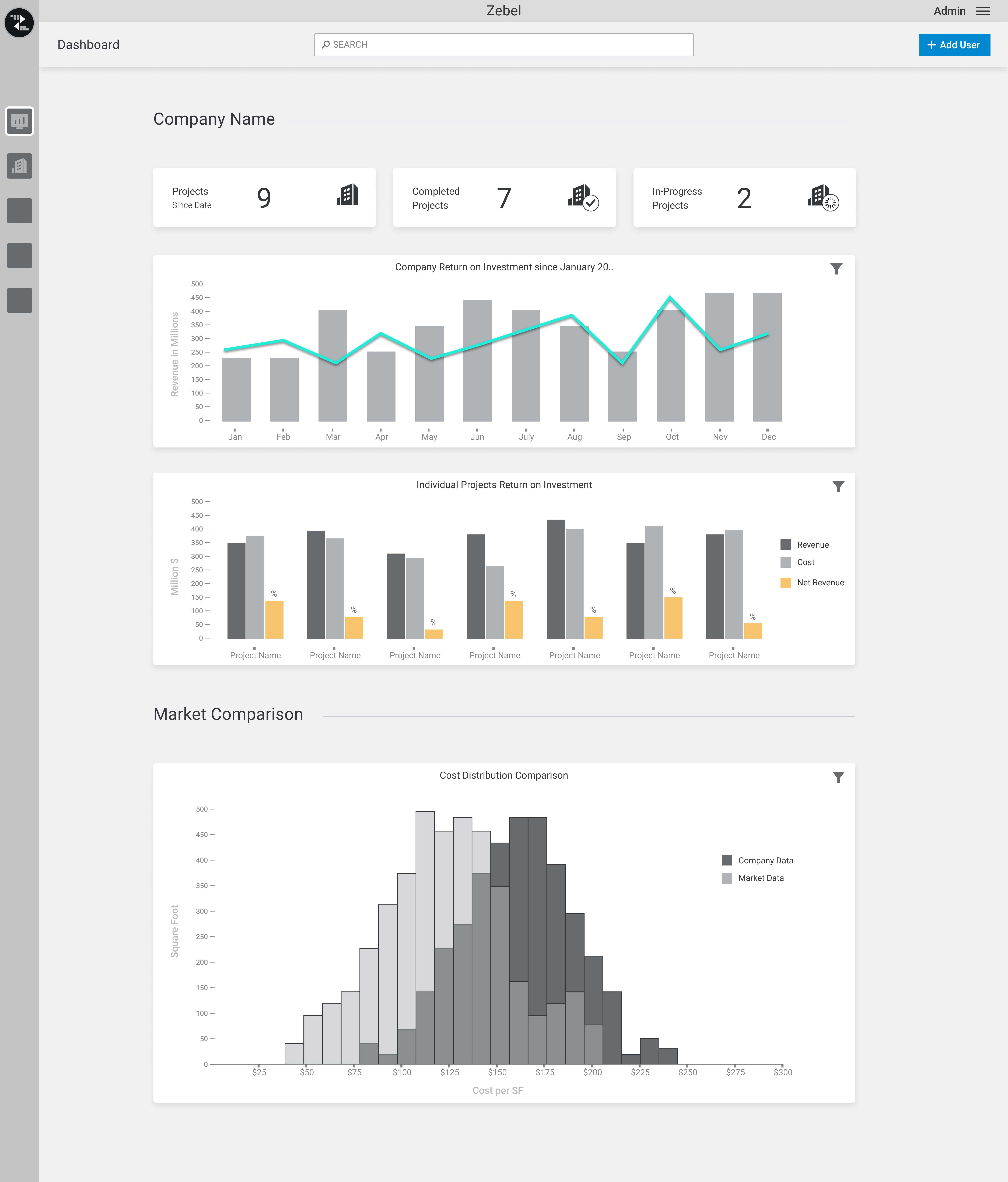
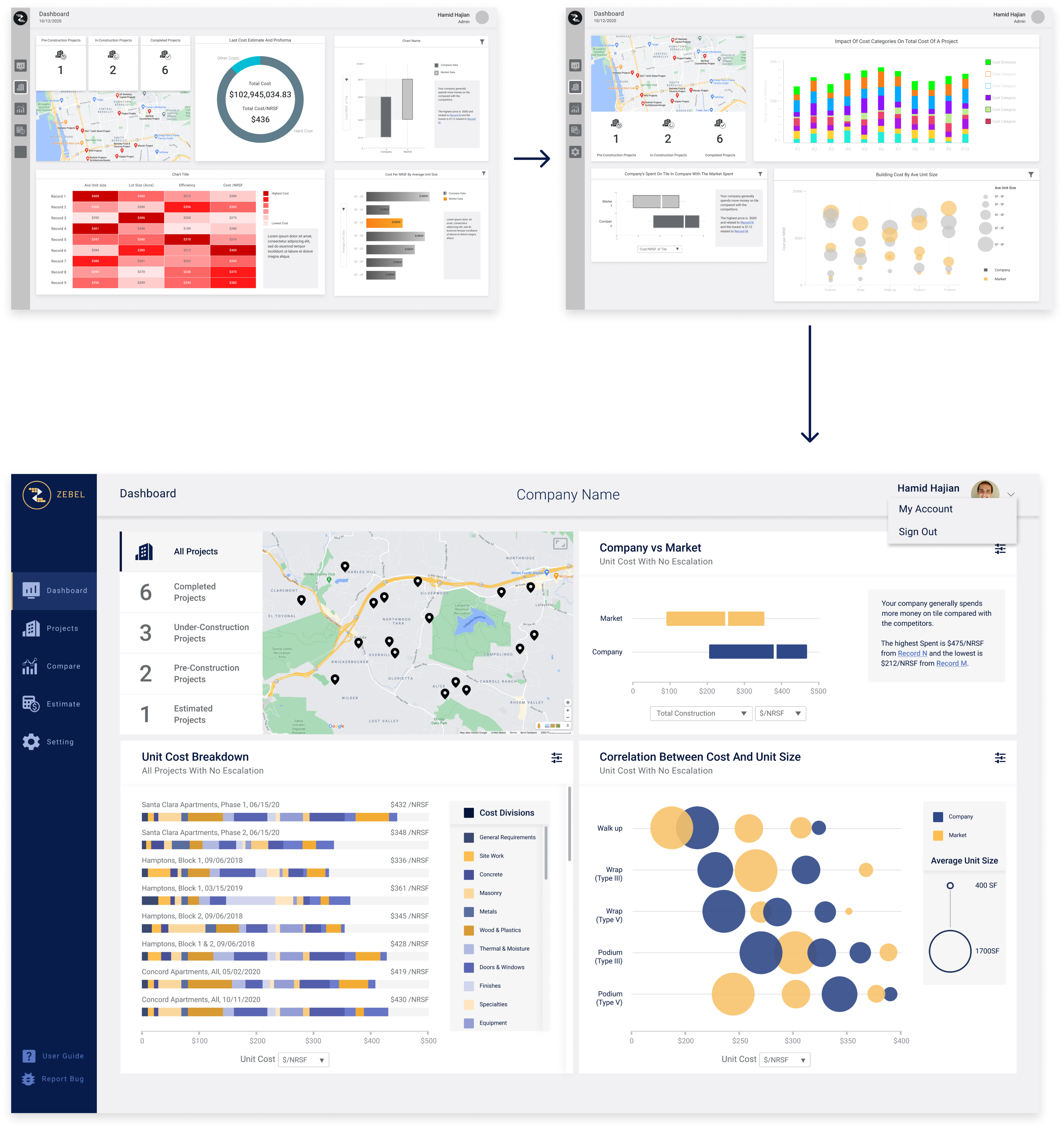
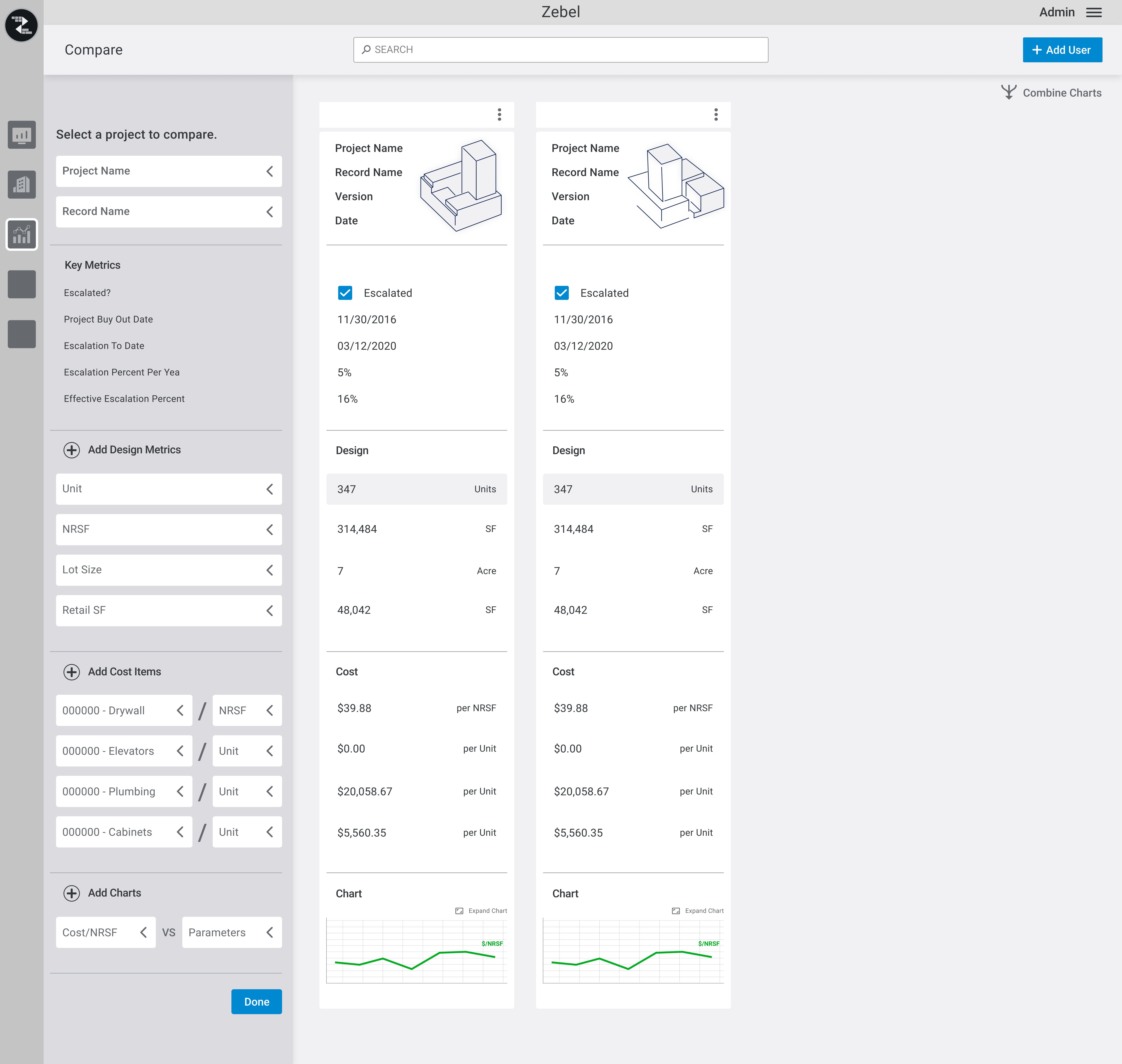
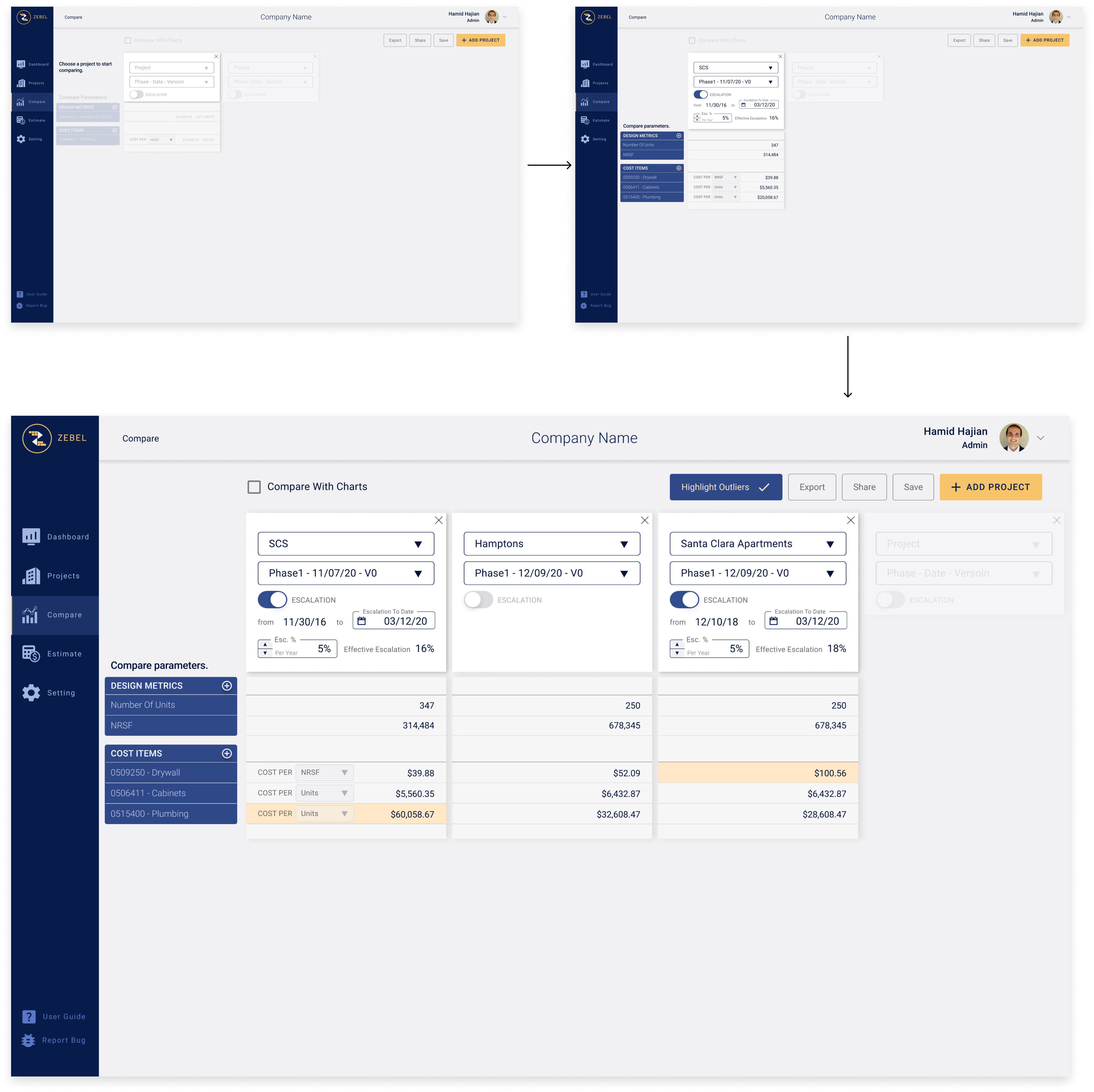

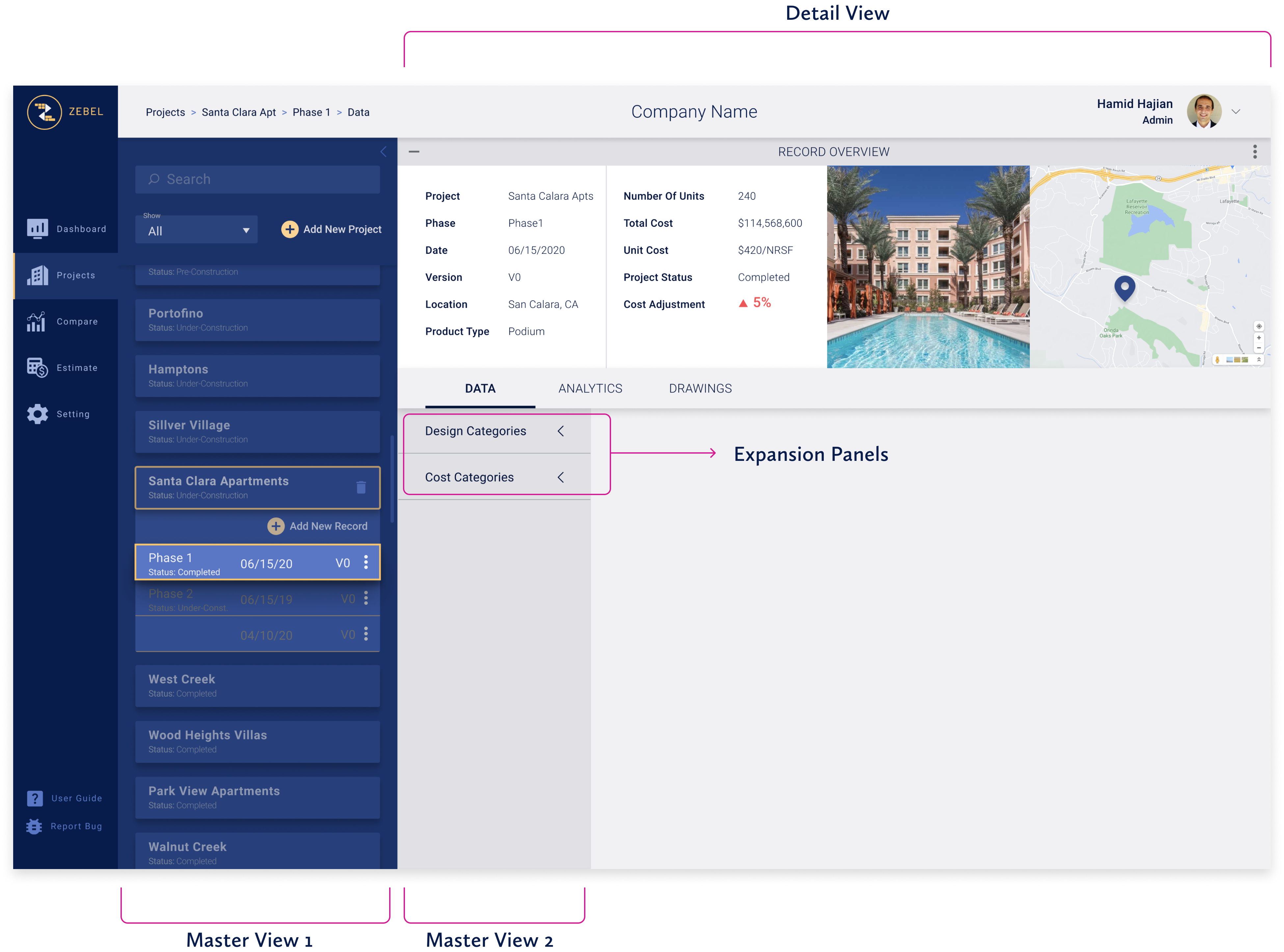
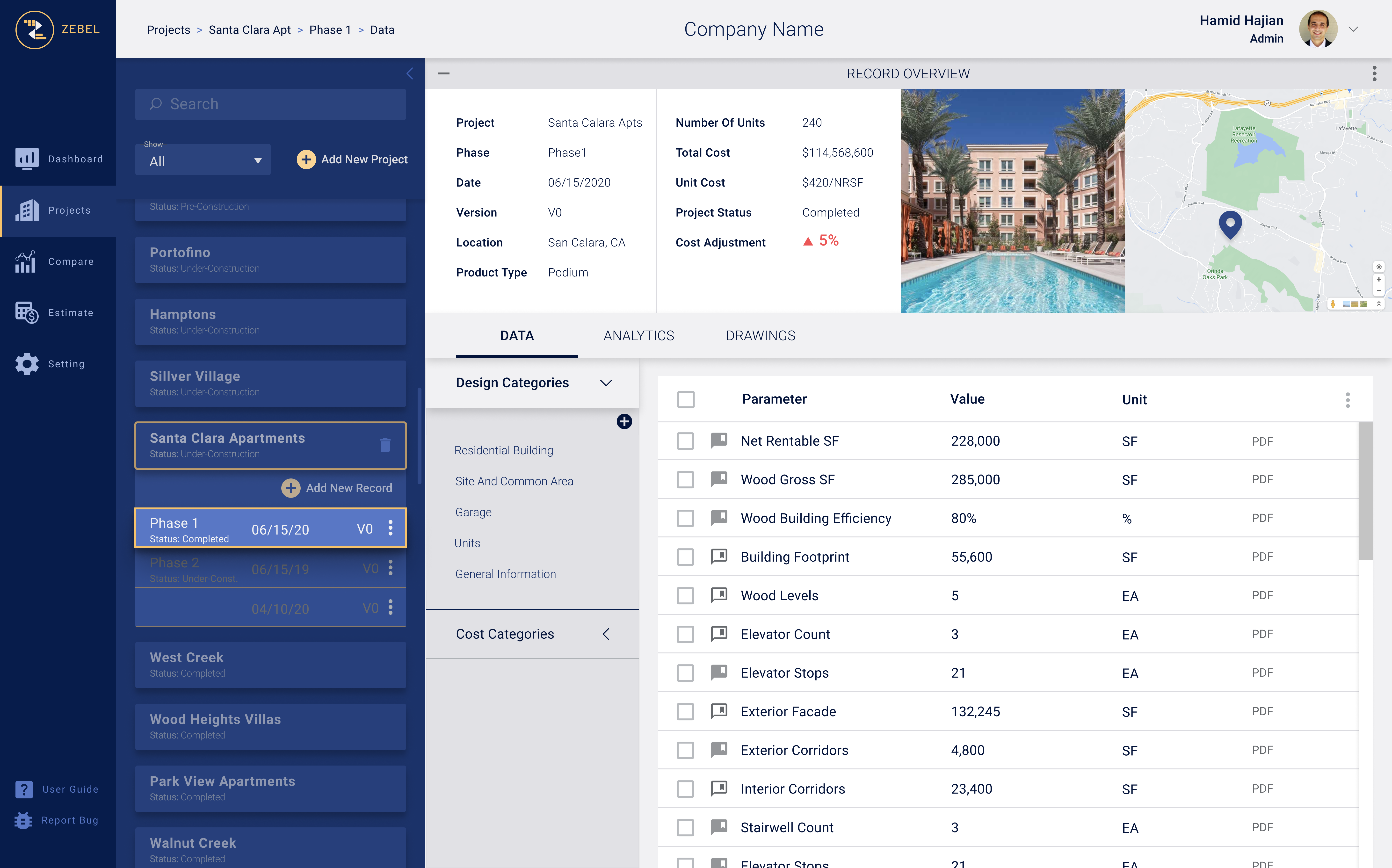
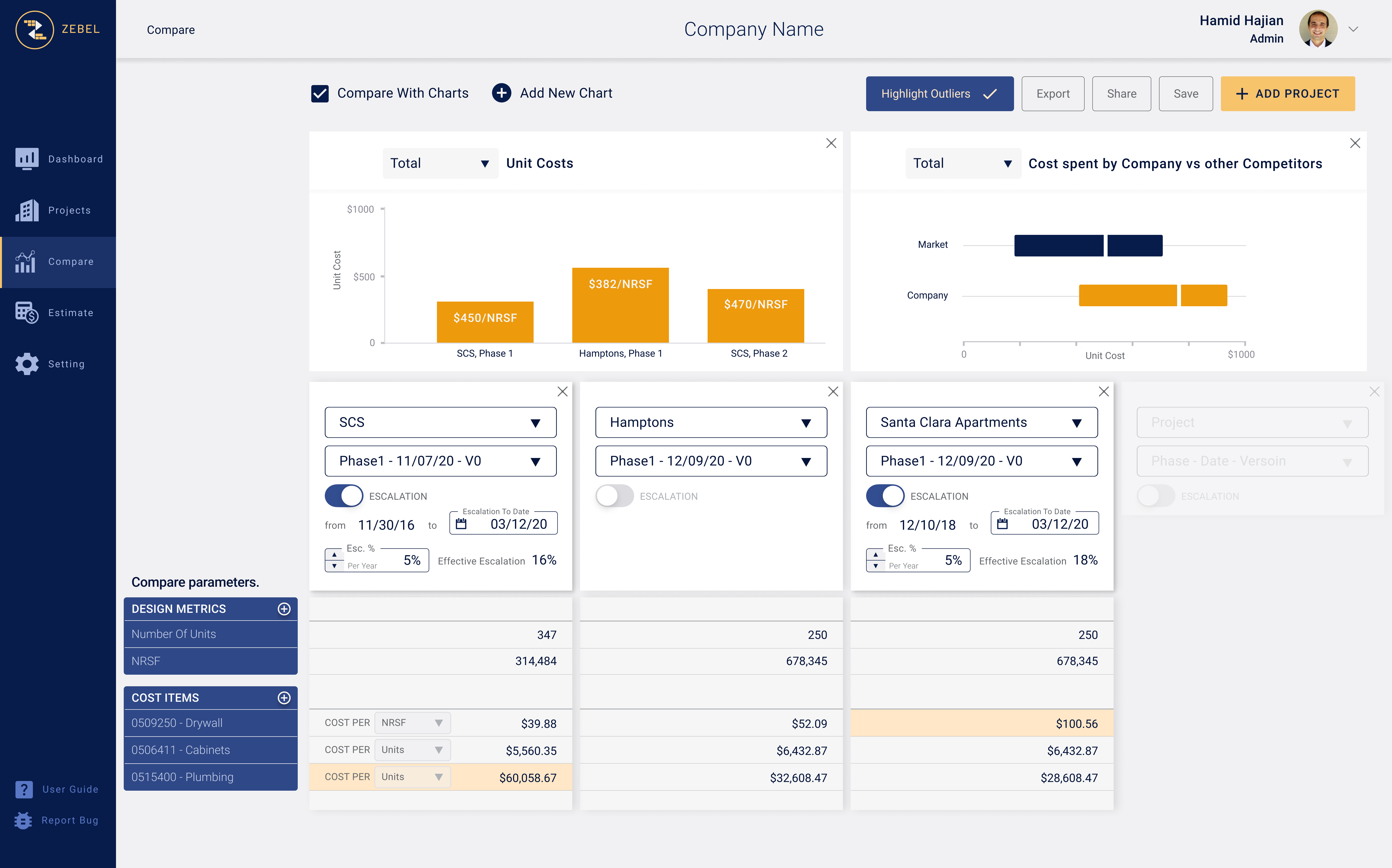
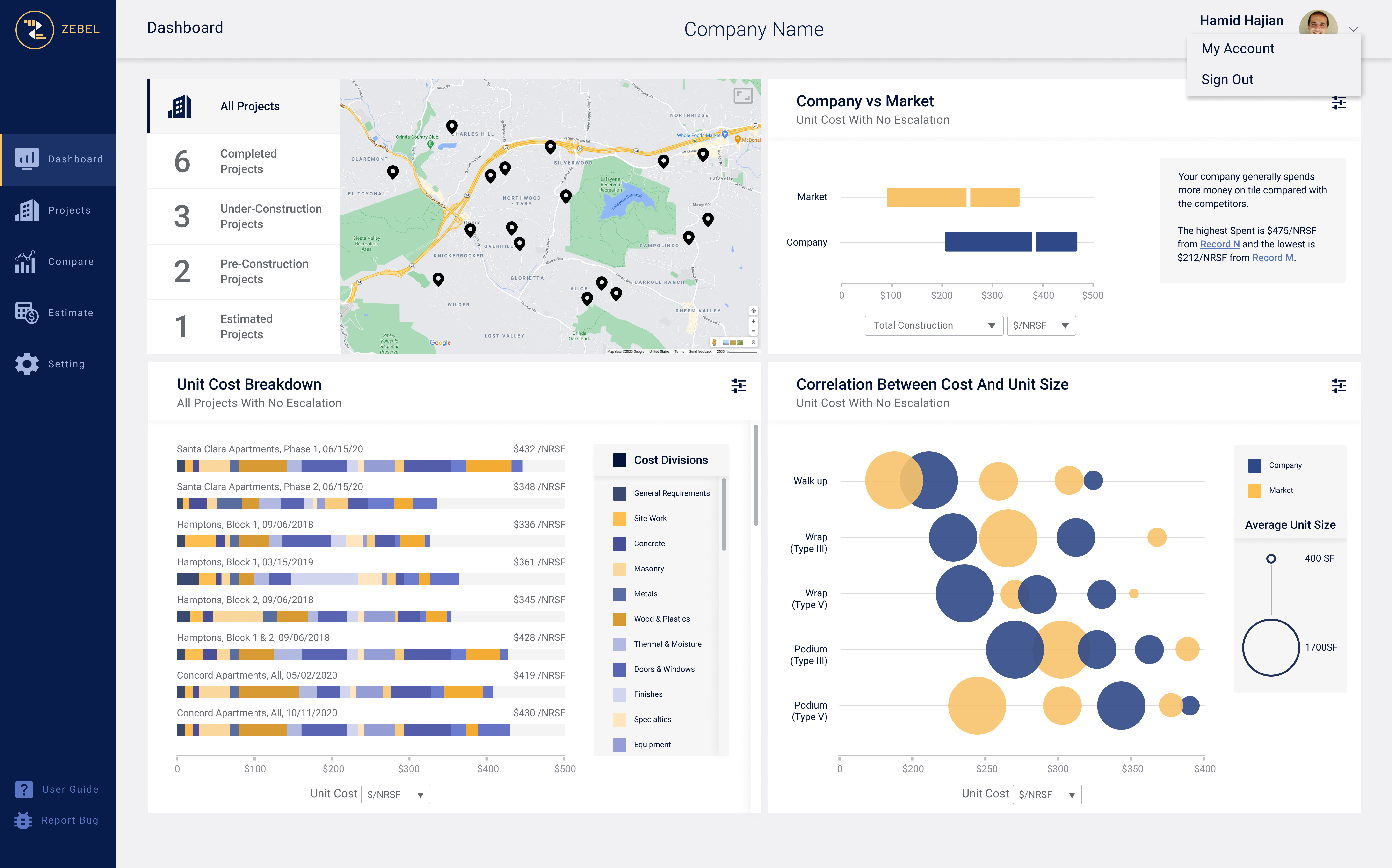


... The platform allows us to customize cost categories and synthesize broad and complex information immediately, saving our team days or even weeks of time. As early adopters, we are immensely pleased with Zebel’s level of analysis and its simplicity.
... Afarin came up with a beautiful, intuitive, and easy to use design for our complex analytical software. Our customers love the new UI and we're super happy with the end result. She created a great cohesion between our website and product that clearly reflects our branding. Afarin approaches her work in a very methodical and thoughtful way, which pays great dividends in the end result.